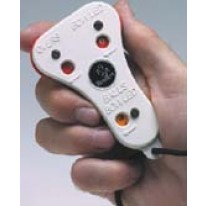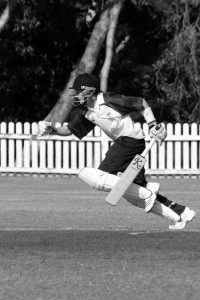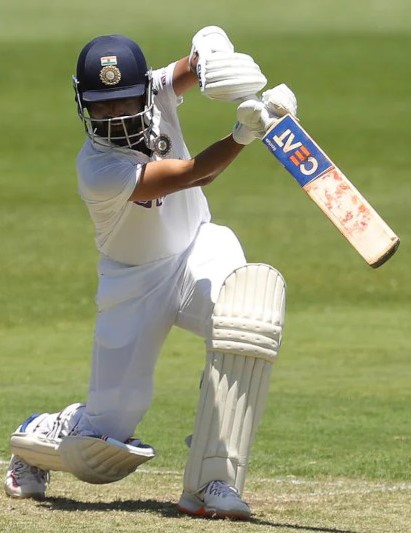Counting the number of balls in the over

Counting the number of balls in the over
This simple task is another that can cause young umpires potential embarrassment when lack of concentration causes you to lose count. If you have to call out to the scorers – “how many left in the over?”- you and your partner are not doing your jobs. Make sure you use an umpire’s counter and always check with your partner that you agree when two balls are remaining in the over.
Changing your decision
You are entitled to change your decision provided you do so without delay. If you become aware that you have made a mistake after play has continued do not be tempted to “even things up” by calling, for example, a no-ball when none existed just because you missed an earlier one. A worse case would be to even up an earlier incorrect out or not out decision by treating a batter unfairly when a subsequent appeal is made.
Waiting for your signal to be acknowledged by the scorers
Never let the game go on until your signal has been answered by the scorers. On occasions, you have to make two or even three signals involving just one delivery. As an example consider this case – a no-ball is bowled which is missed by the batter, resulting in the ball hitting the stumps and flying to the boundary. Firstly, after calling no-ball, you need to signal no-ball and wait for the scorers to respond. You then need to signal byes to tell the scorers the ball was not hit and again wait for that signal to be acknowledged. Finally, you need to signal boundary four and again wait for the signal to be acknowledged.
Standing at point
On occasions, it is better to umpire at a point rather than the expected square leg. An example of this would be if you are having trouble seeing the crease lines because of the glare of the sun. As a courtesy, advise the fielding captain of your decision.
Do not obstruct the players
If the bowler asks you to move back (or forward) a little because of the style of his run-up, do so willingly without complaint. Stand absolutely still when the bowler is running in and delivering the ball so as not to distract the facing batter. If you are in the way of a bowler or fielder trying to stop the ball or take a catch, they have the right of way, so move out of their way.
It is the same for the square-leg umpire. You must be quick to move if the ball is heading your way and a fielder is trying to get to the ball. In doing so, however, make sure you keep your eyes on the crease line as you may be called upon to judge short runs by the batter or a run-out appeal.
Umpiring at square-leg, although needing less intense concentration than at the bowler’s end, is not an excuse to totally relax. Much ill-feeling is caused in junior or lower grade cricket when a player umpire is not watching the play when an appeal is made for a stumping or a run-out.
There are times when umpires should offer help, advice or instructions and others when it is best to remain silent. Here are some examples:
- When a new batter has taken guard, it is customary to tell the new batter how many balls remain in the over.
- If the batsmen are running on the pitch (grass) they must be told to run off it. Often young batsmen run on the pitch because they have played all their previous cricket on artificial surfaces where there is no risk of damage being caused by the act of running between the wickets. This is not the case on grass pitches where the batter’s studs and spikes can easily damage the playing surface.
- Likewise, if the bowler is running on the “restricted area” on a grass pitch he must also be warned. If he persists, then he is subject to the appropriate sanctions of the relevant law.
- Bowlers who follow through in front of the umpire after they have bowled the ball need to be told that they are obscuring the umpire’s view, thus preventing you from ruling on lbw or catches at the wicket.
- You do not need to explain not-out decisions to the bowler or the fielders after you have declined an appeal. Some umpires are in the habit of using hand signals to indicate what the ball was doing when an lbw appeal is turned down. This is perfectly acceptable.






